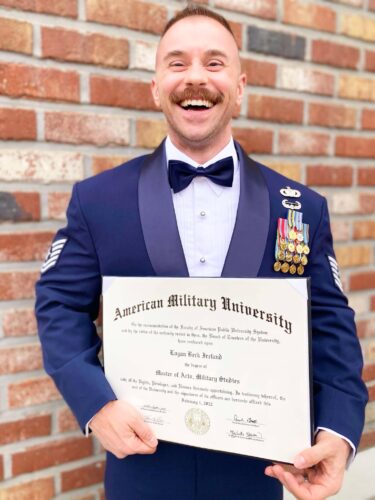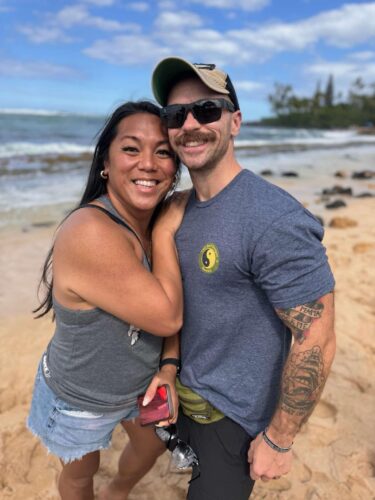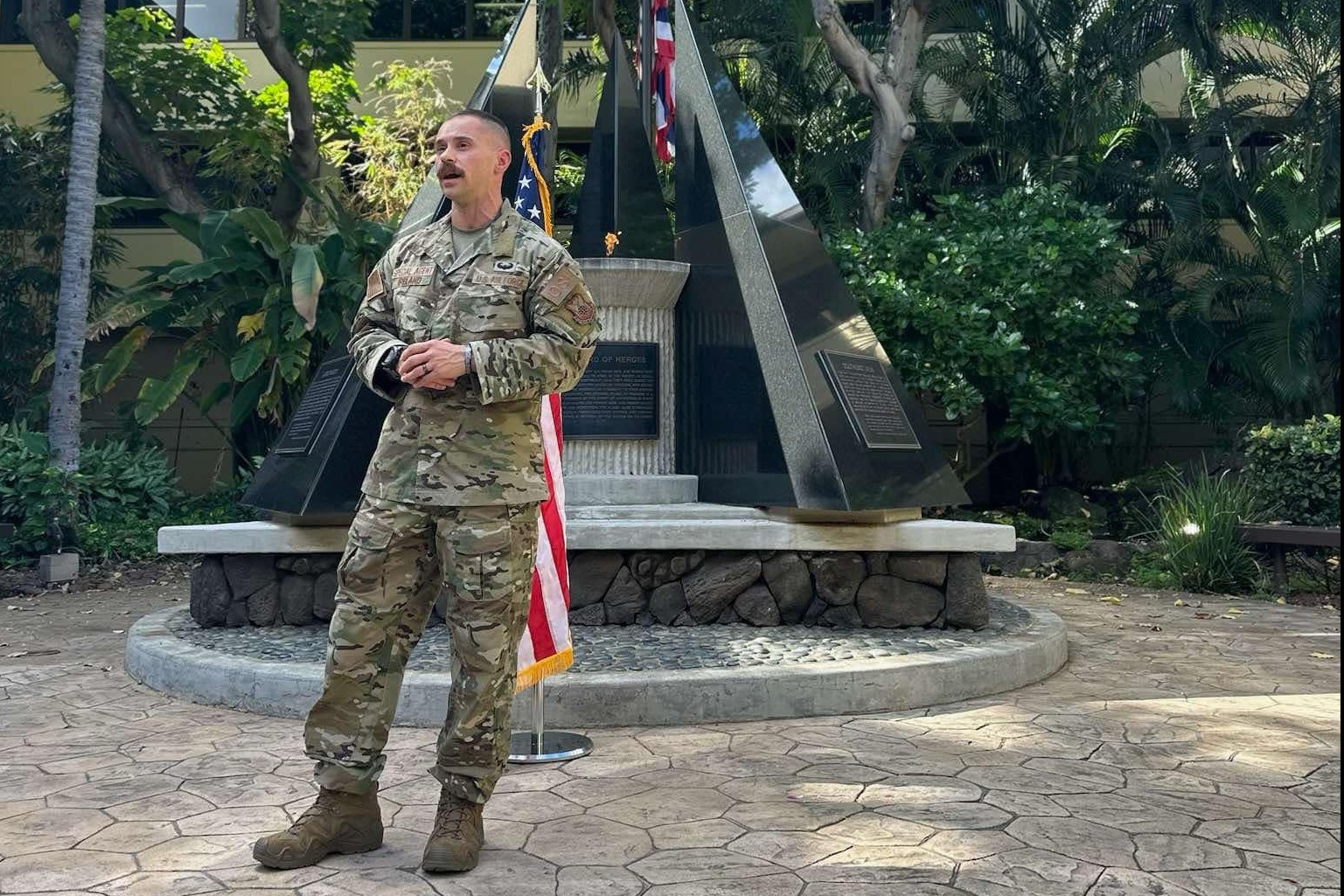[fusion_builder_container type=”flex” hundred_percent=”no” equal_height_columns=”no” menu_anchor=”” hide_on_mobile=”small-visibility,medium-visibility,large-visibility” class=”” id=”” background_color=”” background_image=”” background_position=”center center” background_repeat=”no-repeat” fade=”no” background_parallax=”none” parallax_speed=”0.3″ video_mp4=”” video_webm=”” video_ogv=”” video_url=”” video_aspect_ratio=”16:9″ video_loop=”yes” video_mute=”yes” overlay_color=”” video_preview_image=”” border_color=”” border_style=”solid” padding_top=”” padding_bottom=”” padding_left=”” padding_right=””][fusion_builder_row][fusion_builder_column type=”1_1″ layout=”1_1″ background_position=”left top” background_color=”” border_color=”” border_style=”solid” border_position=”all” spacing=”yes” background_image=”” background_repeat=”no-repeat” padding_top=”” padding_right=”” padding_bottom=”” padding_left=”” margin_top=”0px” margin_bottom=”0px” class=”” id=”” animation_type=”” animation_speed=”0.3″ animation_direction=”left” hide_on_mobile=”small-visibility,medium-visibility,large-visibility” center_content=”no” last=”true” min_height=”” hover_type=”none” link=”” border_sizes_top=”” border_sizes_bottom=”” border_sizes_left=”” border_sizes_right=”” first=”true”][fusion_text]Read the other blog posts in our Service Beyond Gender series:
- U.S. Navy Lt. Rae Timberlake’s Mission of Authenticity and Dedication
- As He Prepares to Teach at West Point, Captain Gordon Herrero Reflects on His Leadership Journey
- Major Alivia Stehlik’s Mission of Care and Legacy of Compassion
- Clayton McCallister’s Pursuit of Purpose and Dream of Service
- Nathan Casey’s Journey of Music, Leadership, and Visibility in the Marine Corps
By guest contributor Trish King
For five aspiring service members, the dream of joining the military isn’t just a career aspiration — it’s a profoundly personal mission. These future warriors represent the next generation of service members, united by their desire to serve but divided by the uncertainty of policies that often turn their identities into battlegrounds.
In a military grappling with historic recruiting challenges, these individuals stand ready to serve, meeting every standard placed before them. Yet, for transgender recruits, readiness is only part of the equation. As political debates about their ability to serve rage on, the path forward feels fraught with challenges they cannot control.
These recruits aren’t asking for exceptions — they’re asking for fairness. Their stories are a testament to resilience, courage, and an unwavering commitment to their country.
The Call to Serve: Personal Journeys to the Uniform
For each of these future warriors, the decision to enlist comes from a deeply rooted sense of purpose.
“I want to serve in the Army because I believe in contributing to something greater than myself,” says Riley, a trans man aspiring to become a soldier. “The Army offers not only the opportunity to protect and serve but also to grow as an individual through unique challenges and experiences.”
Riley’s sense of legacy also drives him. Growing up, his grandfather’s stories of military service and his values of honor and discipline instilled a deep respect for the uniform. His grandfather’s pride in his time in the Army shaped Riley’s belief that service is not just a career — it’s a responsibility, he explains.
For Gabriella, a trans woman aspiring to join the Marine Corps as a nurse, the decision to enlist was both personal and practical. “I want to serve in the military because it’s a great opportunity to help me become the person I desire to be, and I want trans people to be recognized as just as helpful as anyone else,” Gabriella says.
For many recruits, military service represents more than a chance to serve their country; it’s also a path to financial stability and opportunity. Riley reflects on how his grandfather’s Army career laid the foundation for his family’s future.
“The military gave my grandfather the tools to build a life after service,” Riley says. “I see this as my chance to do the same; not just for myself, but for the next generation.”
For others, like trans man Vic, the benefits of service — education, housing, and healthcare — offer a stepping stone to personal and professional success that might otherwise feel out of reach.
Vic, who’s drawn to the Air Force, began his journey with a deliberate search for alignment between his passions and his future. As a personal trainer, his work had always been about helping people push past their limits, and he saw the military as the ultimate test of his own limits. “I realized that the Survival, Evasion, Resistance and Evade (SERE) Specialist role aligned perfectly with my background in fitness and guiding others,” Vic shares.

Logan Downs
Another hopeful recruit saw military service as an opportunity to push back against systemic inequities. “Being visible as a transgender person in the military is important to me,” they say. “If people like me show up and succeed, it sends a message that we belong here just as much as anyone else.”
Meeting the Standards and Pushing the Limits
“No standards have been lowered for these members,” notes Logan Ireland (pictured at top), an Air Force Master Sergeant who works in the Office of Special Investigations, who has spent over a decade navigating and advocating within the military’s recruitment and service policies.
The challenges of navigating recruiting standards and requirements are a common thread among these aspiring service members we interviewed. Gabriella, for example, visited three separate recruiting stations because recruiters were unfamiliar with transgender policies. “I faced a lot of confusion,” Gabriella says. “Some recruiters didn’t know what was required for me to move forward, and I had to start over multiple times.”
A trans man and Army hopeful, Logan Downs, recounts facing similar barriers when trying to enlist with recruiters. Riley had similar experiences; his process spanned months and required stops at multiple Military Entrance Processing Station (MEPS) stations.
“It was a lesson in perseverance,” Riley says. “I had to visit three different MEPS stations and deal with numerous waivers. I met every standard, but it felt like I was being asked to prove myself twice — once through my qualifications and once through my identity.”
Vic can relate too; he describes waiting for his psych evaluation waiver as “an endless loop of hurry up and wait.” He explains, “It’s not about capability — it’s about breaking through those assumptions.”
Yet these future warriors remain undeterred. “I’ve passed every test they’ve thrown at me,” Riley says. “This process has taught me resilience and the importance of staying focused on my goals.”
Logan Ireland: Leadership, Advocacy, and Service
At the heart of this story is Ireland, the Air Force Master Sergeant who works in the Office of Special Investigations. Ireland’s lengthy career exemplifies service, resilience, and authenticity. As a transgender man who was at the forefront of the original fight for open trans service, he has blazed trails for others while continuing to serve at the highest levels.

Logan Ireland
“During my deployment to Afghanistan, I had the opportunity to introduce myself to Secretary of Defense Ash Carter,” Ireland recalls. “I told him, ‘What matters is my service, my ability to perform my duties, and my dedication to the mission.’ That conversation launched significant conversations within the Department of Defense [about trans service].”
Ireland’s meeting with Carter was a pivotal moment — not just for him, but for transgender service members across the military. It marked the beginning of a broader conversation about inclusion, readiness, and the role of identity in service.
Today, as a mentor within SPARTA’s Future Warriors program, Ireland continues to guide these literal future warriors. SPARTA, a peer-support network for transgender service members, provides resources, advocacy, and a sense of community for those navigating the military as transgender individuals. “We’re helping these recruits navigate the hurdles,” Ireland says. “Whether it’s waivers, MEPS, or basic training, the goal is to ensure they’re fully prepared to serve.”
For recruits like Riley and Vic, Ireland’s mentorship is invaluable. “He’s not just a mentor — he’s a leader who’s paving the way for all of us,” says Vic. “Knowing he’s still actively serving gives me hope that I can make it, too.”
The Recruiting Crisis and Missed Opportunities
While these individuals who want to serve face barriers, the U.S. military faces some of the toughest recruiting challenges in decades. According to reporting by Vox, service branches are struggling to meet their goals amid declining interest and eligibility. Only 23% of Americans ages 17 to 24 are qualified to serve, creating a recruitment pool that’s smaller than ever. This figure reflects factors like obesity, health conditions, criminal records, and educational barriers.
In response to this crisis, some branches have adjusted their recruitment strategies. According to the Army Times, the Army introduced the Future Soldier Preparatory Course, which helps potential recruits overcome academic or physical barriers to eligibility. Yet while the military actively seeks solutions, transgender recruits often find themselves stuck in limbo, waiting on waivers, approvals, or policy clarifications.
“We’re not the problem — they’re missing the solution,” Riley says of the delays transgender recruits like him face.
The Global Perspective and Transgender Troops Already Serving

Logan Ireland (right) with wife Laila, a transgender veteran and fellow trailblazer
While the U.S. continues to debate the inclusion of transgender service members, dozens of other countries — including Canada and many throughout Europe, Asia, and South America — have long embraced transgender individuals in their armed forces. A study by the RAND Corporation highlights how these nations prioritize performance over identity, integrating transgender individuals into all levels of service.
In Canada, transgender service members have been included since the early 1990s, and the country’s armed forces actively promote LGBTQ+ inclusion as part of their diversity initiatives. This example, along with others from the nearly 20 countries that allow open transgender service, challenge the notion that inclusion complicates operational effectiveness.
Meanwhile, transgender individuals are already making significant contributions within the U.S. military. The latest data indicates that thousands of transgender people currently serve in active-duty and reserve components. Their service demonstrates that inclusion isn’t just possible — it’s already happening.
A Vision for the Future
Despite a variety of challenges and uncertainty about their futures, the future warriors we spoke to remain determined to serve. Their stories, combined with the mentorship and support they’ve received from Logan Ireland and SPARTA, reflect a vision of a military that values dedication, capability, and resilience above all else.
“The military’s mission is to bring together the best and brightest,” Ireland explains. “If we exclude people based on something as irrelevant as their gender identity, we’re not only hurting those individuals — we’re weakening the force.”
For the future warriors, the road ahead may be uncertain, but their fight to serve is far from over. Their determination speaks to the strength of their character and the promise of a military that truly reflects the diversity of the nation it defends.
Know a veteran who’s struggling? Free help available here.
Sponsored by the SSG Fox Suicide Prevention Program[/fusion_text][/fusion_builder_column][/fusion_builder_row][/fusion_builder_container]
© Copyright modern military association | EIN 52-1845000 | all rights reserved | legal & Financial
